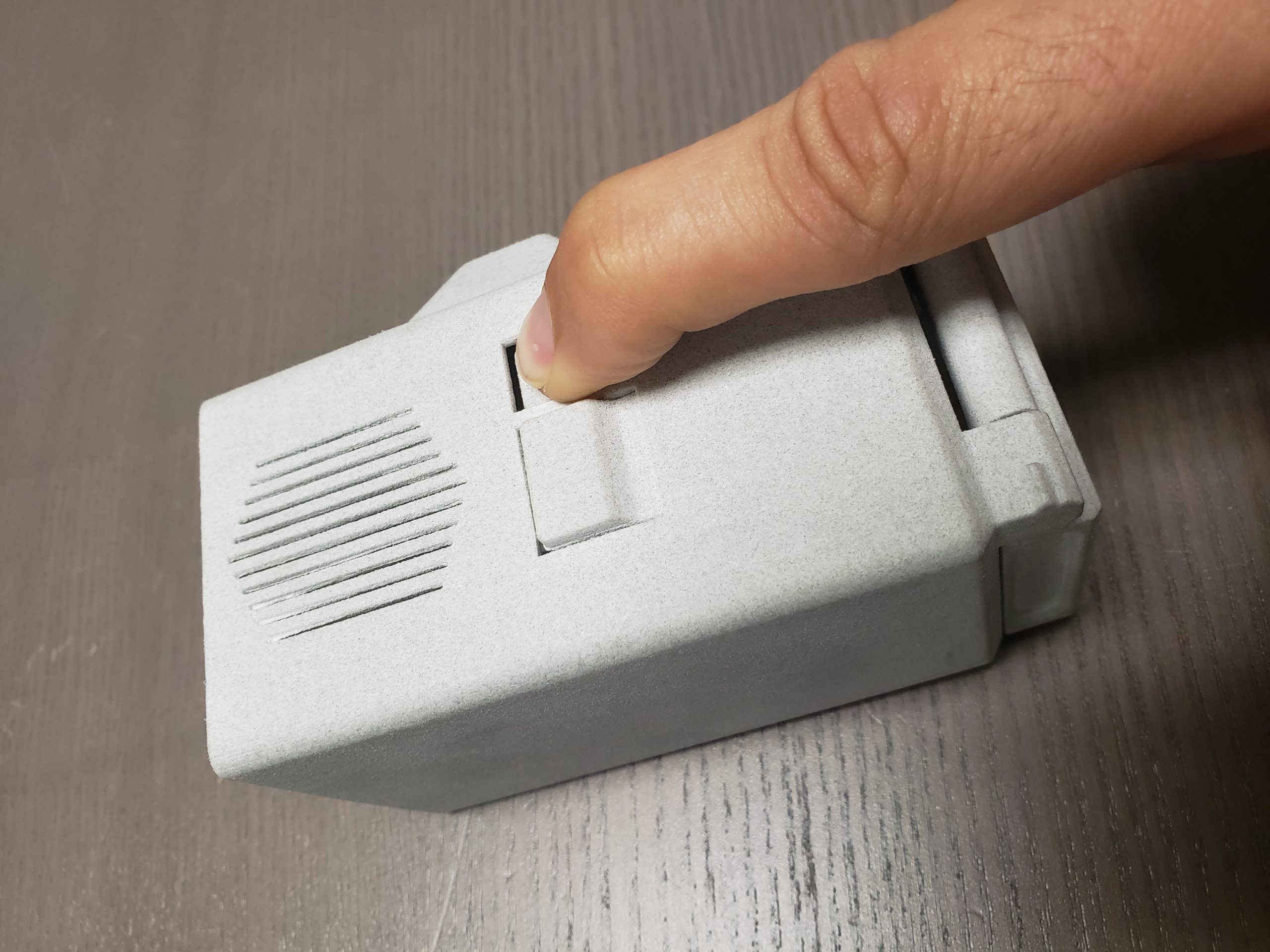Case study: Industrial SLS 3D printer investment returned in only 3 months
TrySight steps up from FFF to SLS for prototyping and production
Canada-based TrySight develops hardware and software solutions to aid the visually impaired, mainly addressing educational and medical institutions.
For the past five years, TrySight has been using FFF/FDM (Fused Filament Fabrication or Fused Deposition Modeling) 3D printing to prototype and produce their magnification and reading systems. Their product offer is indeed the additive manufacturing sweet spot, with low production runs (50 to 1,000 units) and iterative design methods.
However, not all 3D printing technologies are created equal, and filament-based methods aren’t always the right fit. For their particular use case, TrySight wasn’t fully satisfied with the resulting quality of their FDM parts – both in terms of visual appearance and mechanical properties– especially considering the high failure rates.
TrySight decided to look into other 3D printing technologies, and SLS (Selective Laser Sintering) emerged as an ideal upgrade on several levels.

SLS and FFF compared
Before exploring the key benefits of SLS over FFF, let’s briefly explain how these two technologies work.
Selective Laser Sintering involves melting thermoplastic particles (from a bed of plastic powder, often Nylon) together with the help of a laser source. Fused Filament Fabrication, on the other hand, melts the plastic within a nozzle that directly deposits the material onto the build plate.


While the printing happens layer by layer in both cases, they don’t offer the same advantages. These are the key strong points of plastic SLS:
- Appearance: SLS parts boast smooth-looking surfaces without visible layer lines, therefore appearing of higher quality than FFF parts that haven’t undergone surface finishing treatments.
- Build area optimization: Since the powder bed acts as support material, parts can be printed on top of one another or “nested” together. This results in more parts per run and ultimately enables technicians to save time on file preparation and material handling.
- Functional parts: Stemming from the previous point, “nesting” means that parts can be printed within larger parts. Complex, functional parts with gears or hinges, for example, can be printed as a whole versus requiring later assembly.
It is also important to note that powder-based technologies require some amount of post-processing, such as the mandatory powder removal step. However, in contrast to the level of detail and precision that SLS achieves, the depowdering process is a small price to pay.
For all of these reasons, TrySight decided to transition from filament to powder.
Choosing the XYZprinting MfgPro230 xS
After it became clear that SLS technology was more efficient for their needs, TrySight compared SLS 3D printers from various manufacturers, and came to the conclusion that the XYZprinting MfgPro230 xS was the best candidate.

XYZprinting MfgPro230 xS main features:
- Build volume: 230 x 230 x 230 mm
- Build speed: Up to 20 mm/hour (geometry dependent)
- Printing materials: PA 12, TPU
The XYZprinting MfgPro230 xS SLS 3D printer is indeed one of very few compact-sized SLS printers available today. It’s made with industrial-grade components, features an open material system, and provides one of the best price/performance ratios on the market.
Thanks to much lower failure rates and increased customer demand linked to higher-quality products, it took TrySight only three months to fully recover its initial investment, an impressive ROI for sure.
 English
English  Français
Français

